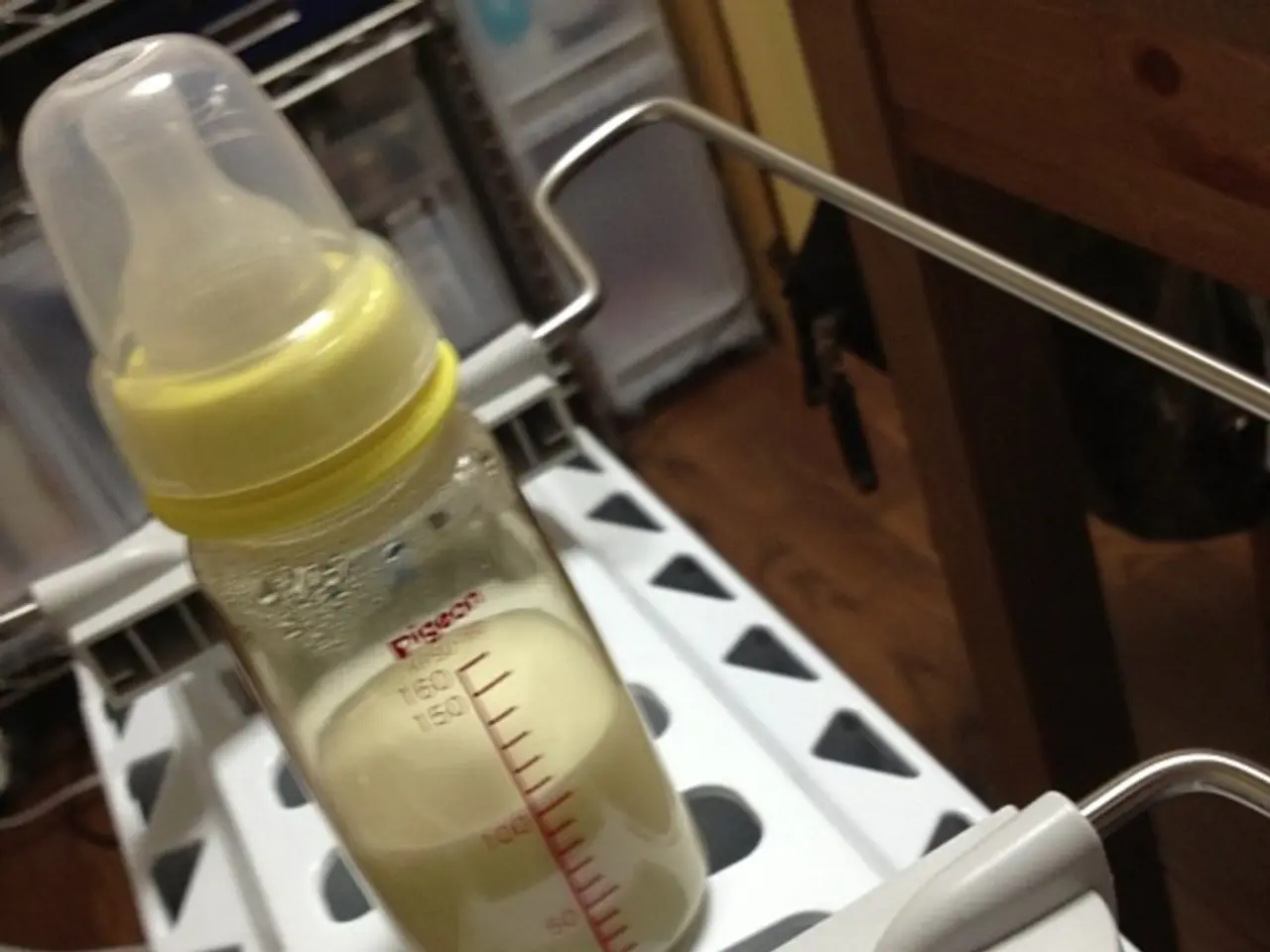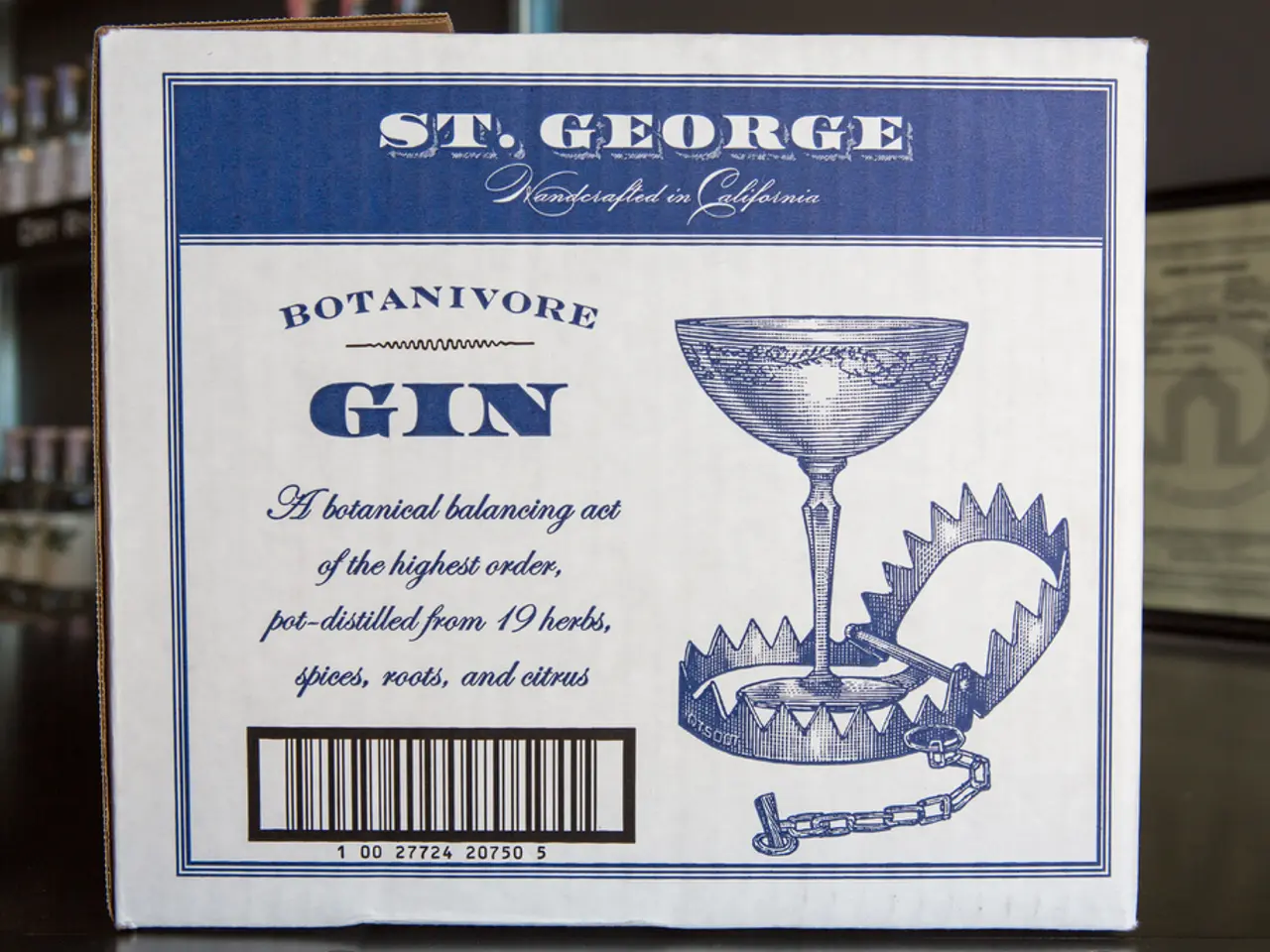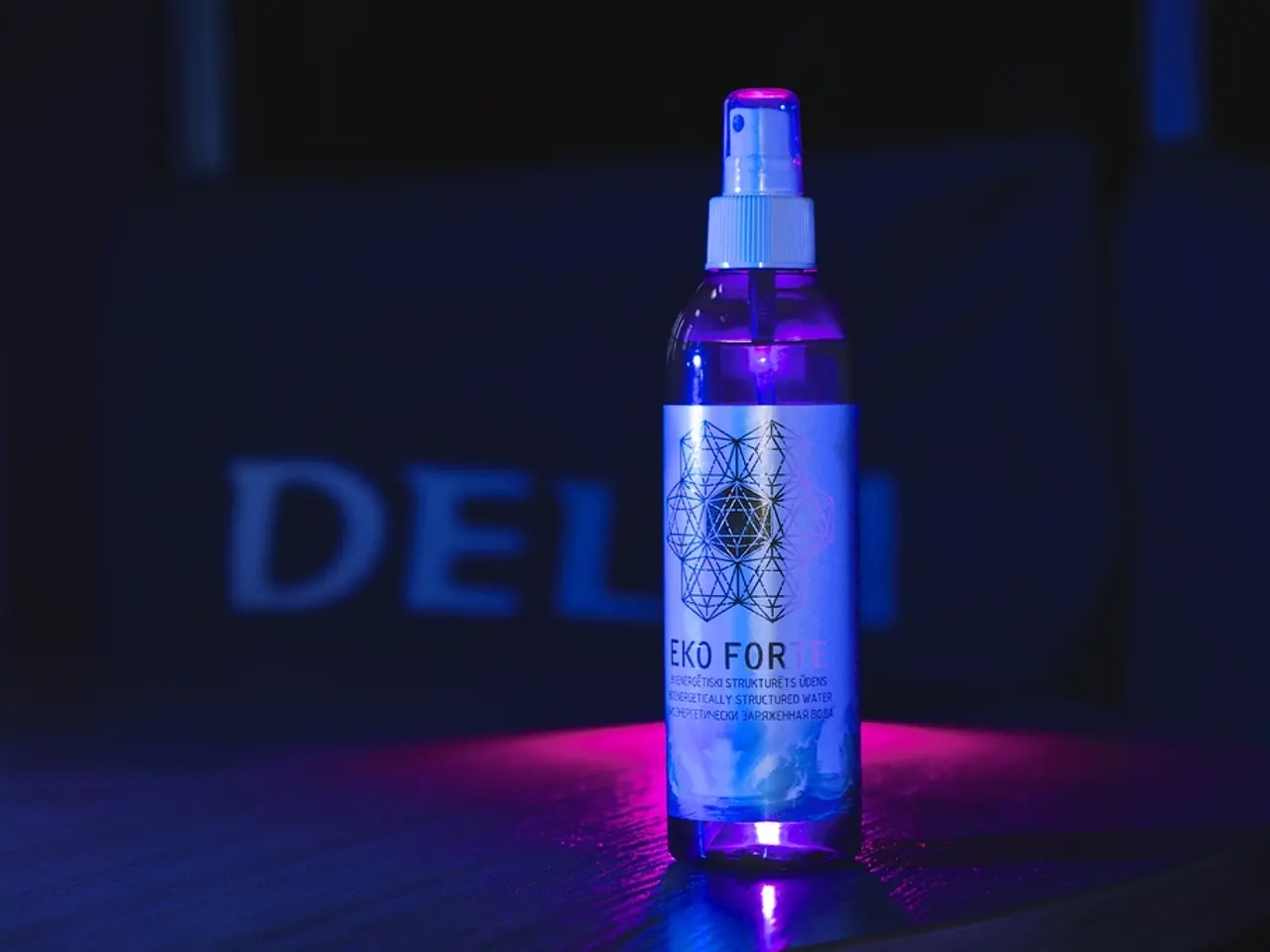The Comprehensive Guide on Shelf Life of Fairlife Milk Post-Opening
Fairlife milk, known for its unique filtration process, offers a healthier option for many milk consumers. This ultra-filtered milk stays fresh for about 7 to 10 days after opening when kept refrigerated.
The longevity of Fairlife milk is influenced mainly by proper refrigeration and the ultra-filtration process, which removes some sugars and bacteria, allowing it to last longer than regular milk. Specifically, Fairlife milk has a longer shelf life unopened—often months due to ultra-pasteurization and ultra-filtration.
Once opened, typical dairy safety guidelines apply: keep it refrigerated below 40°F (4°C) and consume within about one to one and a half weeks. Exposure to heat, contamination from unclean containers, or leaving the milk out at room temperature will shorten its freshness.
Additional factors affecting Fairlife milk’s longevity include:
- Packaging size: Smaller containers may be finished more quickly, reducing the risk of spoilage.
- Storage conditions: Consistent refrigeration is crucial; fluctuating temperatures degrade freshness.
- Initial quality: Milk consumed near its sell-by date or showing physical changes (odor, taste, curdling) should be discarded.
Despite the ultra-filtration and lactose-free formulation, which help extend shelf life compared to regular milk, the same food safety practices apply after opening to maintain freshness.
Signs of spoiled Fairlife milk include a sour or off-putting odor, changes in texture and appearance, and a sour or acidic taste. To freeze Fairlife milk, it's best to do so in smaller portions using freezer-safe containers and leave some headspace, as the milk will expand during freezing. Frozen and thawed Fairlife milk is best used for cooking or baking, where the change in texture is less noticeable.
The packaging of Fairlife milk protects it from light and air, preventing contamination and preserving freshness. Myth: Fairlife Milk doesn't need to be refrigerated after opening. This is false; Fairlife milk, like all milk products, requires refrigeration after opening to prevent bacterial growth and spoilage.
Fairlife milk undergoes ultra-pasteurization, a heat treatment that kills more bacteria while preserving flavor and nutritional value. Storing Fairlife milk in the coldest part of the refrigerator, tightly sealing the carton after each use, and minimizing temperature fluctuations can help extend its lifespan. Thaw the milk in the refrigerator for several hours or overnight, and shake it well before using to redistribute any separated components.
Consuming spoiled Fairlife milk can lead to symptoms such as stomach cramps, nausea, vomiting, and diarrhea. Severe symptoms of food poisoning from spoiled milk, such as high fever, bloody stool, or persistent vomiting, require medical attention. Myth: Fairlife Milk is unhealthy due to its processing. Fairlife's ultra-filtration process actually removes lactose and concentrates protein and calcium, making it a healthier option for many people. The processing is designed to enhance nutritional value and extend shelf life, not to compromise health.
In incorporating Fairlife milk into a health-and-wellness lifestyle, science-based milking processes ensure a healthier food-and-drink option, extending its shelf life. Proper refrigeration and consistent storage conditions, like keeping the milk within 40°F (4°C), remain essential for maintaining its freshness and optimum taste post-opening.




